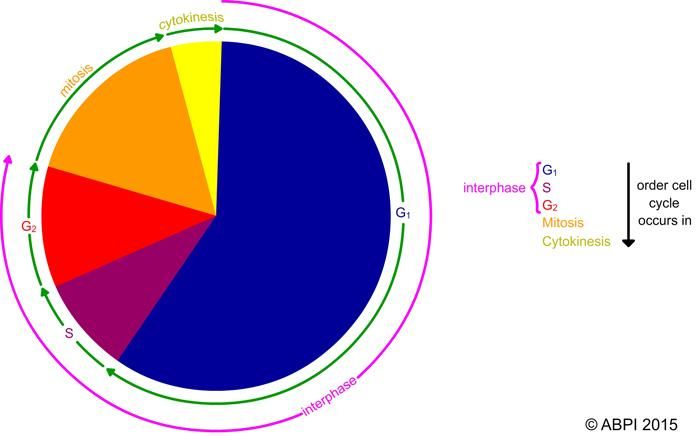This topic takes on average 45 minutes to read.
There are a number of interactive features in this resource:
 Biology
Biology
 Chemistry
Chemistry
 Human biology
Human biology
Inside your body, around 1 billion cells die every hour. In this time a similar number are made. The ability of cells to divide and make new cells is vital for life. In eukaryotic organisms, mitosis results in two daughter cells with identical copies of the parent cell DNA. Meiosis results in daughter cells with half the number of chromosomes of the parent cell. This is the type of cell division needed for sexual reproduction.

Whenever multicellular organisms grow, more cells are required. New cells are also needed all the time to replace those that wear out, or become damaged or destroyed. Mitosis is the key process here. The rate of mitosis varies greatly, depending on many factors including the life stage of an organism and the type of cells involved.
The rate of mitosis is controlled within the cell cycle. This is a sequence of events including the replication of the DNA and the cell organelles prior to cell division, the division of the nucleus and the subsequent division of the cytoplasm with all its contents. If control of the cell cycle is lost, tumours and cancer may result.
All organisms need to reproduce. Many organisms produce identical offspring by asexual reproduction, and for that they need mitosis. Some organisms reproduce sexually, with gametes combining to produce a unique new individual containing genetic information from both parents. The formation of gametes depends on meiosis.
Mutations can arise during mitosis and meiosis. Mutations during mitosis often cause problems for the organism including cancer formation. Mutations during meiosis drive natural selection and evolution, but can also result in genetic diseases.

Photos by Anthony Short unless credited otherwise. Animations and diagrams by Edward Fullick throughout.